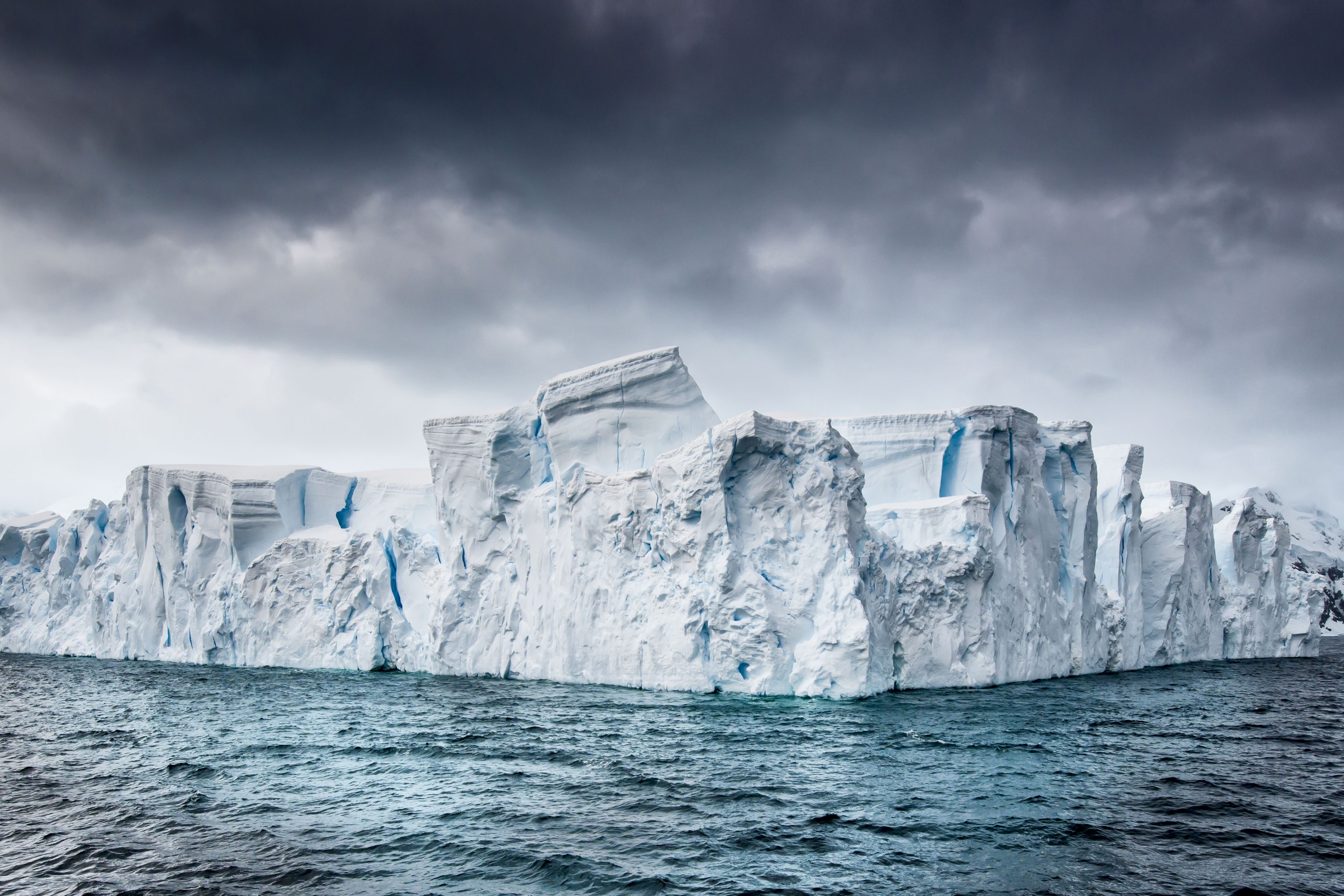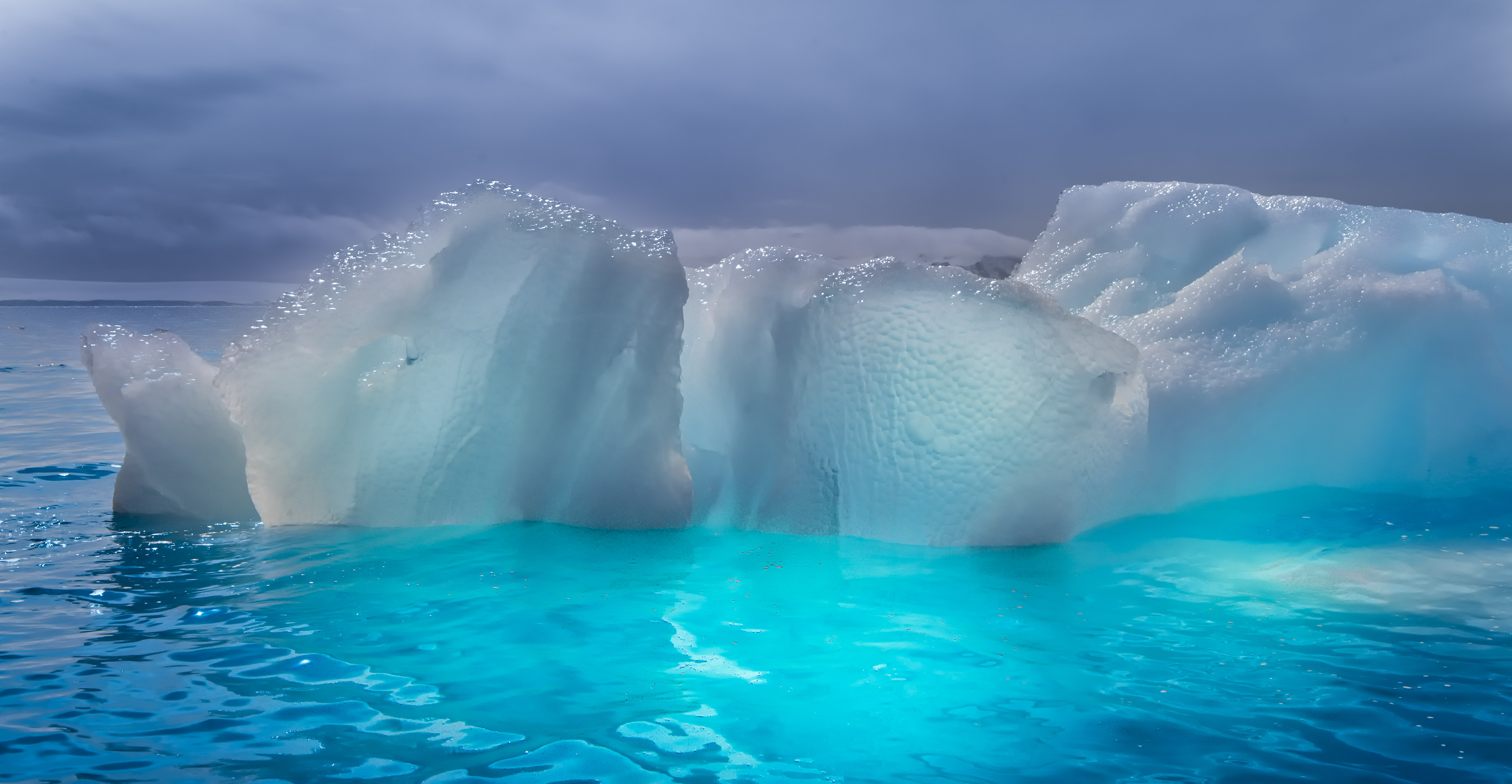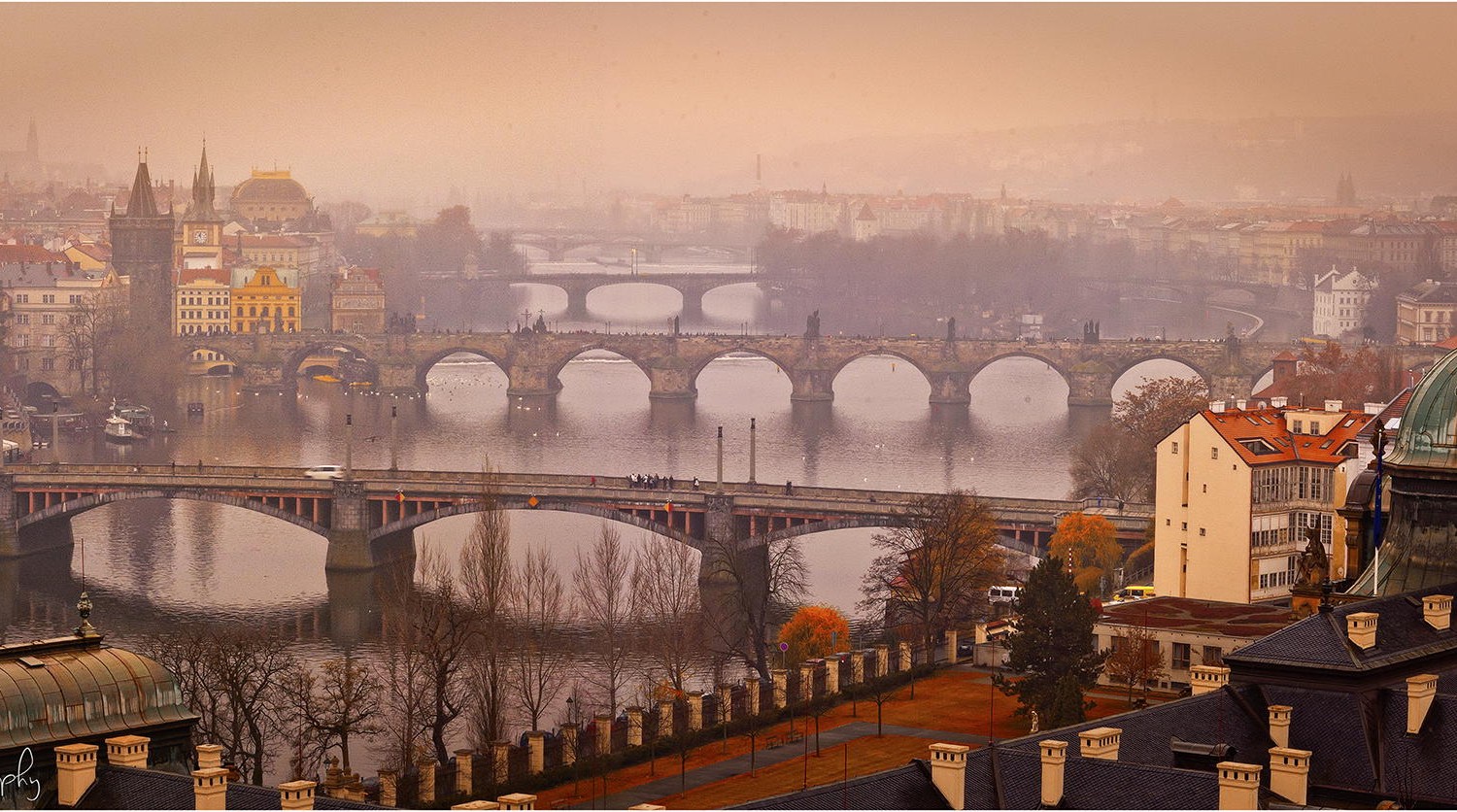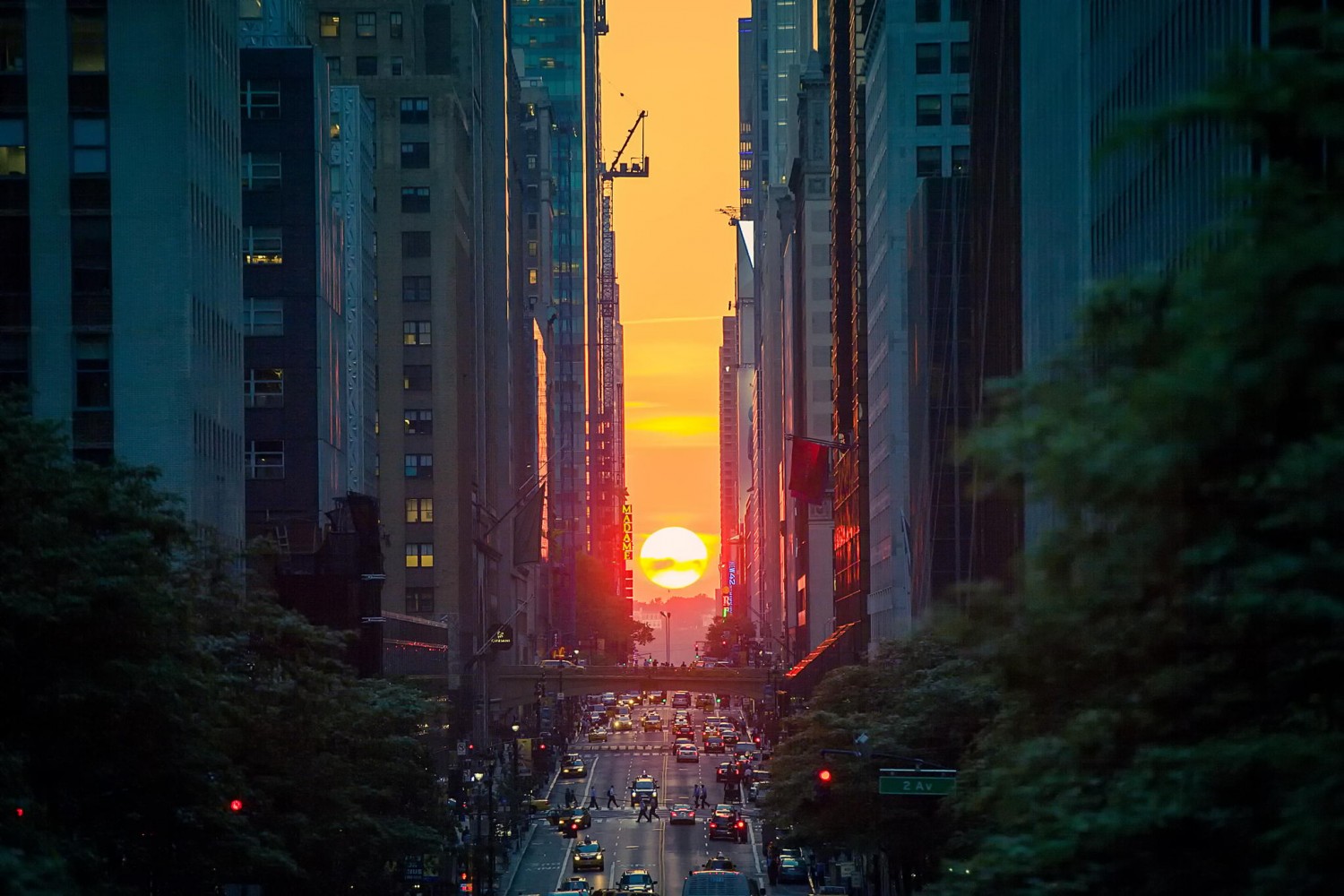Michael Leggero is a professional nature and travel photographer with 20 years of experience. Michael travels the world, shooting familiar places, and places rarely seen by most people. A commercial stock photographer, Michael is now expanding his work into the fine art community. Michael is also an educator, leading and teaching workshops all over the world to new and aspiring photographers and professionals.
In this 500px ISO exclusive, he shares his personal tips on photographing the remote but riveting landscape of Antarctica—from gear to wildlife to icebergs.

11 Tips For Photographing Antarctica
by Michael Leggero
Antarctica is pure nature. That’s the best way to describe the serenity of the Southern continent. As I’ve traveled all over the world, I see remains of human civilizations and waste everywhere. But not in Antarctica. It is simply untouched, and hasn’t been ruined by our population. The wildlife is overly abundant, easy to approach, and the vistas are incomparable with anywhere else on this planet.
Photographing Antarctica is a challenge. On my first trip, I was just like every other first-time visitor. I clicked that shutter thousands of times in utter awe of never seeing anything like this environment before. Now that I’ve returned from my third trip, I have a better system and understanding on how to shoot in this wondrous remote location.
1. Use a dry bag or waterproof bag to protect your gear.
First of all, what gear should you take? Expeditions to Antarctica are on small ships, holding anywhere from 50-200 passengers on average. Those ships get you to the continent, and then you jump in small 8-passenger Zodiac crafts to get to shore. You need to remember, you are traveling in a small boat with large ocean waves splashing inside all over you and your cameras, so some sort of dry bag is a necessity, unless you want to test the manufacturer’s “weather sealing” claims. Remember, if your camera fails from water or any other damage, it’s a long way away from the repair shop.
2. Bring zoom lenses mounted on separate bodies.
During my last trip to Antarctica. I’ve found success with bringing only 16-35mm zoom and 70-200mm zoom lenses, each mounted on a separate body. The extreme weather is not somewhere you want to change lenses, so multiple bodies are a must. Prime lenses are not practical in the small zodiac boats. Zooms are your friend.
A photographer friend of mine always says, “Take your longest lens, your shortest lens, and everything in between.” Well, that could work—if you like to lug around 74 pounds of gear everywhere you go. I personally do not enjoy carrying gear, and at the high expense of traveling to extreme locations, bringing an assistant to carry the tripods and lenses is not economical.
3. Leave the tripod at home.
Tripods or no tripods? This debate rages on and on and on. Unless you enjoy banging your fellow passengers on the head as you turn around on those little boats, leave your tripod at home. Antarctica is constant sunlight during the months when we travel there. Combine that with the modern camera’s ability for higher ISO settings, and the tripod is a thing of the past here. I have never had any reason to wish I had a tripod. During my first two trips there, I brought one and it never left my cabin.
4. Use polarizing filters.
As stated earlier, Antarctica is constant sunlight. Polarizing filters will help to tone down that harsh harsh light you will encounter throughout the day. This is really the only filter I use as it helps to bring out the deep blue tones in the icebergs.
5. Shoot images of penguins interacting.
Those cute little penguins run everywhere, and they are adorable. The first thing to remember is that this is their home—you are the guest. Do not get too close and watch where you sit, as there is “colored snow” all over, if you get the hint. Penguins can be difficult to understand at first, but if you use the trick of seeing them as a little civilization, then their patterns become predictable. Try to get images of them doing something or interacting together. The typical portrait of a penguin looks good, but how many different penguin profiles can you really enjoy?
6. A seal is best photographed when looking straight at you or yawning.
Seals don’t do much. They lie on the beach, and attract groups of photographers. Your ideal image is when the seal looks at you with those big eyes and yawns, baring its teeth—that’s about the most action you will see. On that note, beware of the predatory aggressive leopard seal with the six-inch sharp teeth.
7. Capture a whale’s tail in front of an iceberg.
Whales, yes, everyone wants a picture of a whale. The time of the season you visit will dictate how many whales you will see. They do breach out of the water, and look spectacular. Getting that picture is a challenge I have yet to accomplish. I have seen it happen once and missed the shot, but I have a great memory. Most often, you will get the tail as the whale dives underwater. Try to frame that tail in front of a cool-looking iceberg.
8. Shoot icebergs with proportion in mind.
Photographing the ice is easy. It doesn’t move much, and you have plenty of time to compose your shot. The biggest corrections I help people with are horizons and not showing backgrounds. Icebergs come in all shapes and sizes, but to truly express the size, you need proportion in the image. Try to capture mountains or other ice in the background when possible.
9. Shooting from a boat? Give your images enough extra space to crop.
Working from a boat that rocks back and forth makes getting the horizon-level shot of ice a challenge. Be observant of this, and give your image enough extra space to crop if necessary. There are all sorts of perspectives you can use with ice. You can shoot looking up from water level, looking down from the top level of your ship, or simply head on. Experiment with as many different angles as you can. Experimentation does lead to more pictures to edit later. But is editing iceberg photos really that bad? I think not.
10. Follow your guides’ packing list.
How cold is it in Antarctica? This is a question I get from everyone I talk to. Yes, it’s cold—it’s Antarctica, after all. Follow the packing list of your guides. Remember that you can always wear less stuff when you are there, but there is no Wal-Mart around to buy more long underwear when you get chilly.
11. Consider food and comfort when choosing an expedition ship.
My final piece of advice is to choose an expedition ship wisely. There are some that are cheap, but cheap is not enjoyable when you have to shoot for weeks at a time. Crazy as it sounds, food is a big condition of how I choose a ship. Some ships offer you a choice of different food options for every meal—that’s what I recommend. Don’t go on one of those ships that just puts something in front of you for dinner and you have to either eat what they are serving or go hungry. And yes, these ships do exist! You are spending thousands of dollars on this trip—eat well, my friend. The cabins on every ship are small—very small—and you will often have to share them with someone. This is common on all ships, but it’s not really a problem, because you don’t spend too much time in your cabin anyhow. All the ships generally go to the same locations, so choose your ship for comfort. It’s nice to be comfortable. Eating, sleeping, and relaxing well will make a big difference in the quality of your images.
These tips are only a small taste of things to help you improve your polar photography. There is so much more, and you need to experience it for yourself.
Every photographer needs to go to Antarctica.
Want to see more of his work? Follow Michael Leggero on 500px, Facebook, and Google+. For more info on his workshops, visit MichaelLeggero.com.
Got any questions for Michael or your own Antarctica-related experiences to share? Comment below!



















Leave a reply